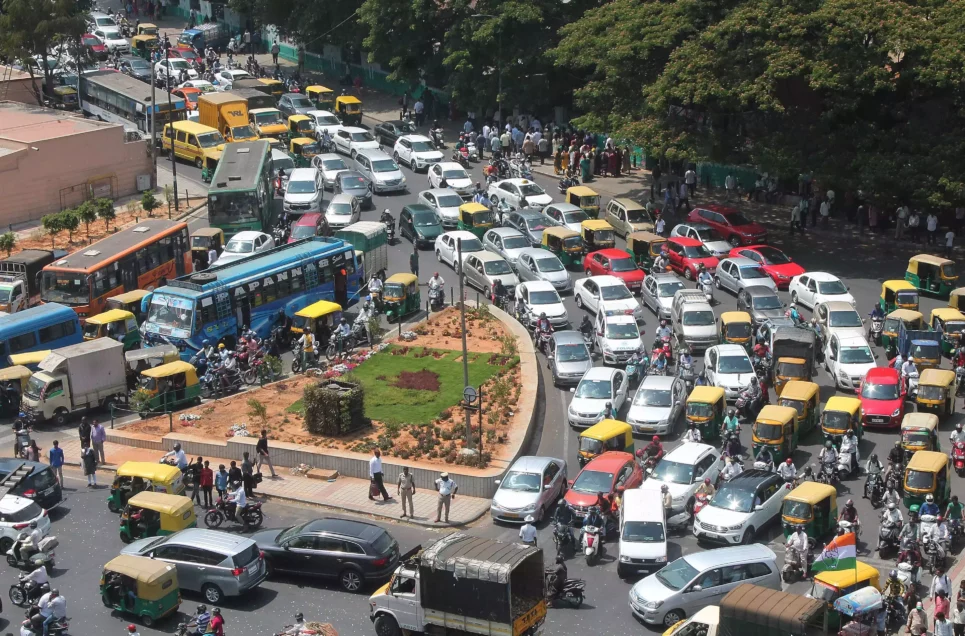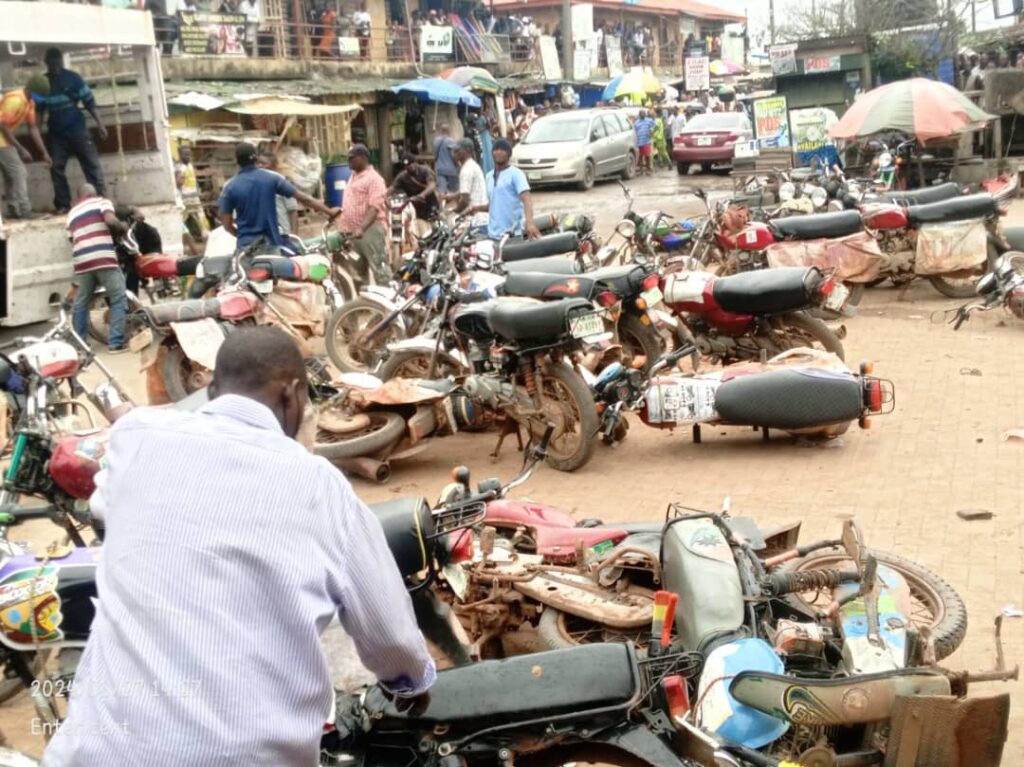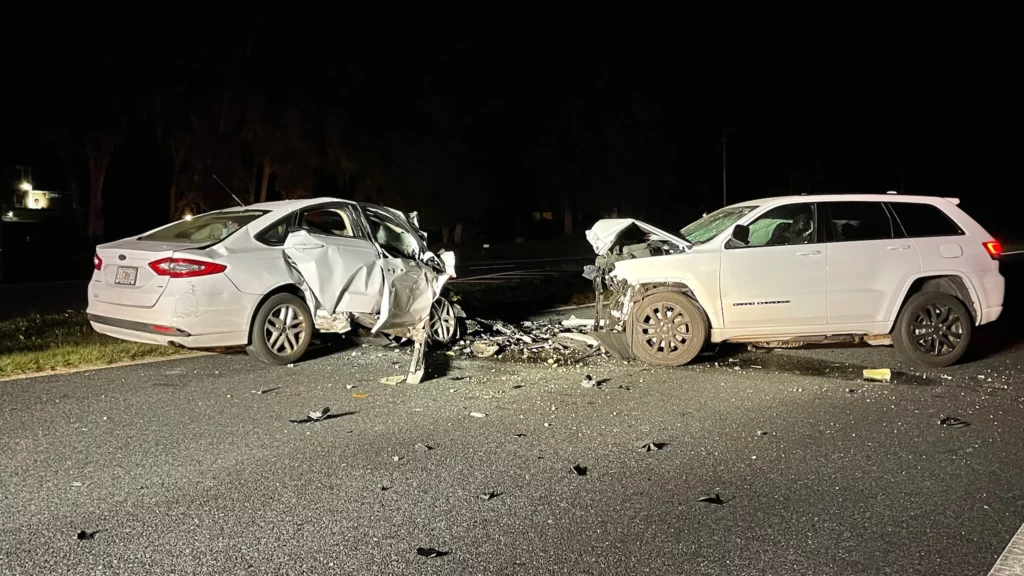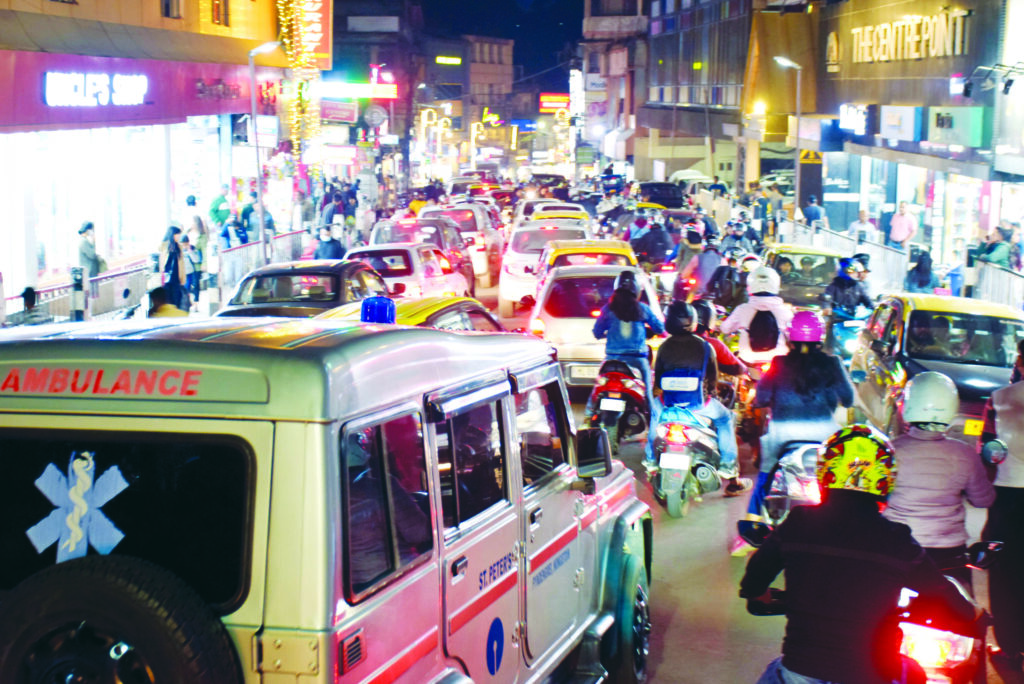For most travelers, renting a car offers freedom and convenience. But in certain countries, that freedom comes with a steep learning curve and significant risks. These eight nations have earned notorious reputations for their chaotic roads, astronomical accident rates, and traffic systems that defy conventional logic. From missing infrastructure to creative interpretations of traffic laws, these driving destinations will challenge even the most experienced motorists. Here’s where to think twice before getting behind the wheel on your next international adventure.


























